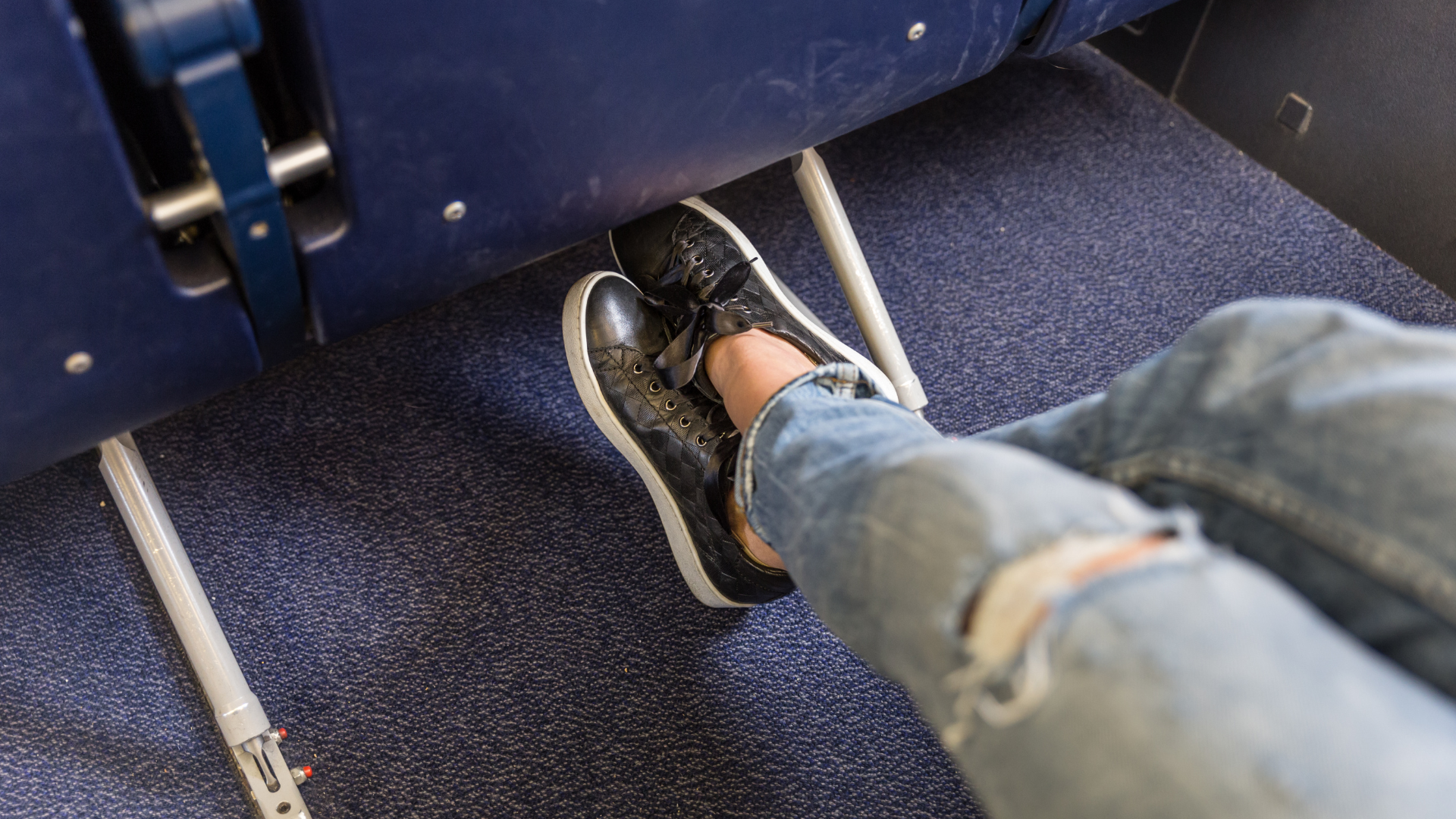Deep Vein Thrombosis (DVT) and Pulmonary Embolism (PE) are serious medical conditions that travellers should be aware of - especially during long flights. This guide explains the signs, risks, and prevention strategies for blood clots while flying.
What Is a DVT or PE?
- DVT (Deep Vein Thrombosis): A blood clot that forms in a deep vein, usually in the legs or pelvis. These clots can develop due to immobility, such as during long flights.
- PE (Pulmonary Embolism): A life-threatening complication of DVT. It occurs when a clot breaks off and travels to the lungs, blocking an artery.
Signs and Symptoms of DVT
Not all DVTs cause noticeable symptoms. However, common signs include:
- Swelling in the affected leg or limb
- Pain or tenderness, often in the calf
- Redness or discolouration of the skin
- A feeling of warmth over the affected area
Why it matters for air travel: Long periods of sitting during flights can increase your risk of developing a DVT.
Signs and Symptoms of PE
Pulmonary embolisms can present suddenly and may be fatal if untreated. Symptoms include:
- Shortness of breath or rapid breathing
- Chest pain, especially when breathing deeply
- Rapid heart rate
- Dizziness or fainting
- Coughing, sometimes with blood
How Are Blood Clots Diagnosed?
Doctors will evaluate symptoms, conduct a physical exam, and may request diagnostic tests such as:
- Ultrasound scans (to detect DVT)
- CT Pulmonary Angiography (to confirm PE)
- D-dimer blood test (to detect clotting activity)
How to Prevent DVT and PE During Air Travel
To reduce your risk of developing a blood clot while flying, follow these preventive steps:
- Stay well-hydrated - drink plenty of water
- Avoid alcohol and caffeine
- Avoid sleeping pills - they can reduce movement
- Move frequently - stand up and stretch every 1–2 hours
- Do seated leg exercises to keep blood flowing
Medication for Clot Prevention
If you're at higher risk, a doctor may prescribe:
- Blood thinners (oral or injectable anticoagulants)
- Compression stockings to improve circulation
Always consult a healthcare provider before your flight if you're concerned.
Risk Factors for DVT/PE
You are at increased risk of developing a blood clot if you have any of the following:
- Age over 60
- Prolonged immobility (e.g. long-haul flights, cast)
- Recent injury or surgery
- Pregnancy
- Hormone replacement therapy (HRT)
- Oral contraceptive pill
- Obesity
- Cancer
- Heart disease
- Inflammatory bowel disease (IBD)
- Previous DVT or PE
- Family history of blood clots
- Known clotting disorder
If you can answer “Yes” to any of the above, speak to a healthcare provider before flying. They can advise whether you need medication or additional precautions.

